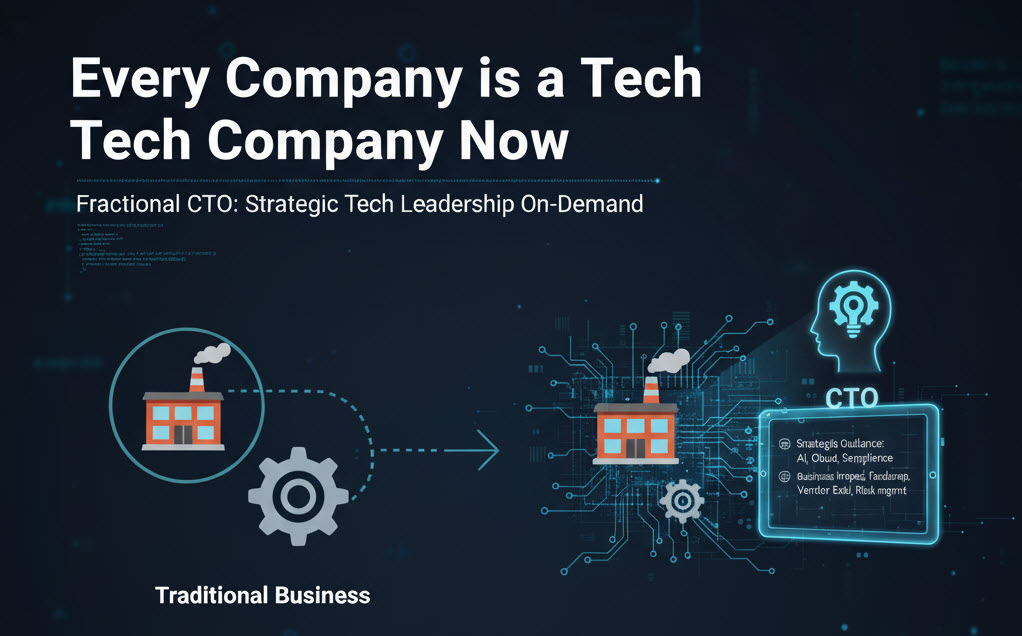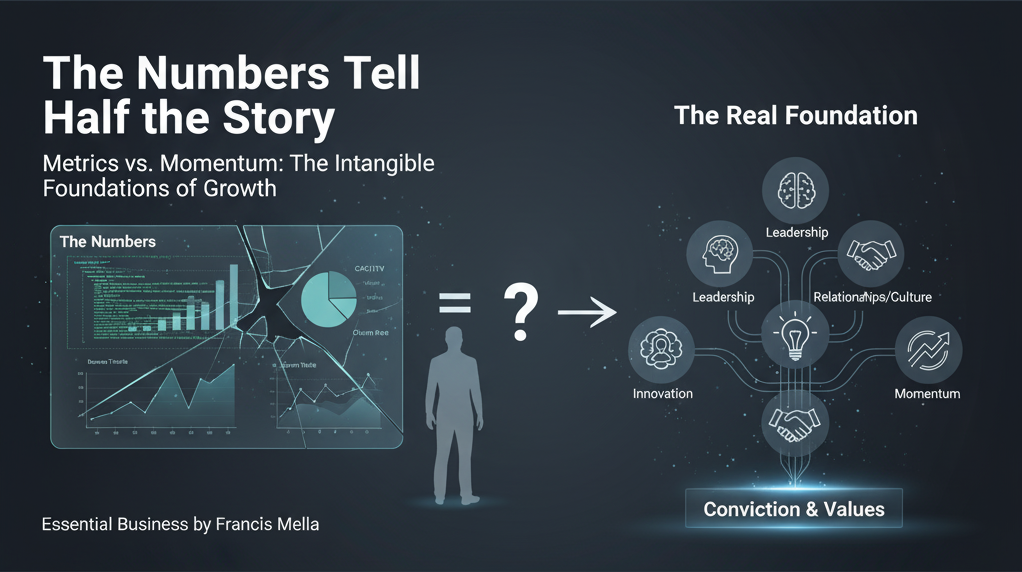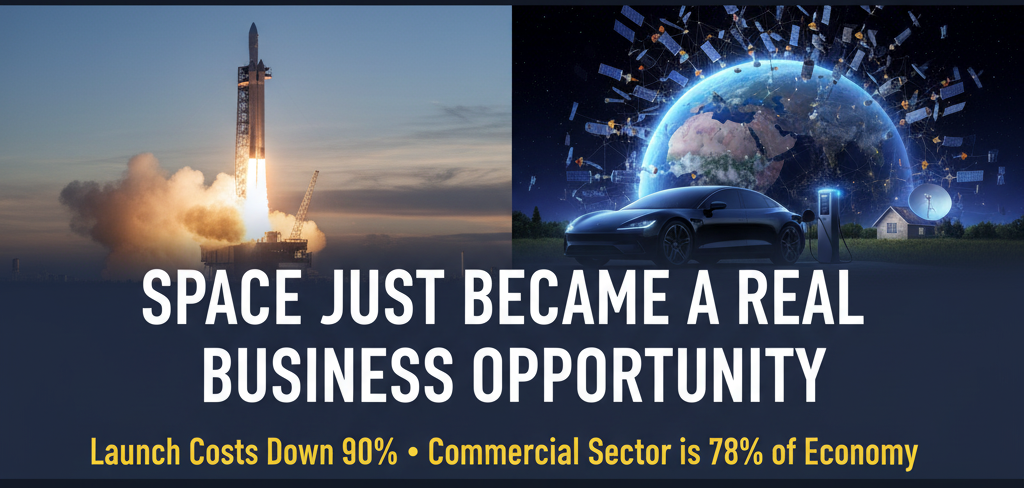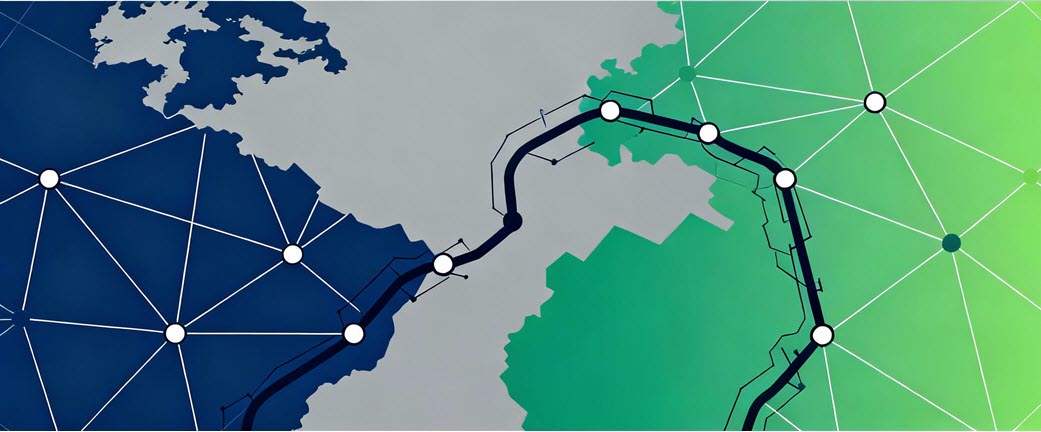
Your Startup's Biggest Risk Isn't Technical
TL;DR: Data sovereignty is the hidden geopolitical risk destroying startups. Where your data lives determines which regulations apply and whether your business survives. Most founders treat cloud infrastructure as a technical choice, but it's actually a geopolitical bet that can make your service illegal overnight.
Core insights:
Data sovereignty regulations can invalidate your business model in 30 days
Between 2017 and 2021, data localization restrictions more than doubled to 144 across 62 countries
Building a "geopolitical compass" requires mapping dependencies, identifying trigger points, and monitoring regulatory changes weekly
15 minutes of weekly geopolitical monitoring can provide months of lead time versus competitors
Some startups turn regulatory compliance into competitive advantage by being compliant before rules drop
What Is Data Sovereignty and Why Does It Matter for Startups?
Most founders treat infrastructure choices like technical decisions. Which cloud provider has the best uptime? The cheapest storage? The fastest APIs?
Here's what they miss: every one of those choices is a geopolitical bet.
Data sovereignty means where your data lives determines which government can access it, which regulations apply, and whether your business model can survive a single policy shift.
For a Fortune 500 company, a regulatory change means compliance headaches. For a startup, it can mean the end.
Bottom line: Data sovereignty is the biggest blind spot for startups because infrastructure decisions are actually geopolitical bets with existential consequences.
How Does a Data Sovereignty Crisis Actually Unfold?
Picture a health-tech startup building an AI diagnostic tool on U.S. cloud infrastructure. They land a major contract with European hospitals. Everything runs smoothly.
Then the EU updates its data transfer rules.
Suddenly, patient data can't legally sit on U.S. servers. The startup has 30 days to migrate to EU-based infrastructure or lose the contract. But their entire architecture depends on specific AWS services unavailable in the EU regions they need.
Re-architecting takes months. The hospital contract has penalty clauses. Investors start asking hard questions.
What seemed like a technical decision about cloud providers was actually a geopolitical bet the founders didn't know they were making.
The Scale of the Problem
This scenario is accelerating. In 2017, 35 countries imposed 67 data localization restrictions. By 2021, that number more than doubled to 144 restrictions across 62 countries.
The trend continues upward because governments worldwide are tightening control over data within their borders.
Key insight: Data sovereignty crises follow a predictable pattern: regulatory change, 30-day compliance window, architectural impossibility, contract penalties, and investor panic.
What Is a Geopolitical Compass and How Do You Build One?
The solution isn't to predict every regulatory shift. That's impossible.
The solution is knowing which shifts would break you, then watching for the signals.
Step 1: Map Your Geopolitical Dependencies
Draw out where your critical infrastructure actually lives. Which countries host your servers? Where are your suppliers based? What jurisdictions do your APIs touch?
Most founders can't answer these questions in five minutes. That's the problem.
Step 2: Identify Your Regulatory Trigger Points
For each dependency, ask what regulation or political shift would break it. If U.S.-EU data transfers get restricted, what happens? If China limits semiconductor exports, does your hardware supplier collapse?
You're not predicting the future. You're identifying vulnerabilities.
Step 3: Set Up Monitoring That Matters
Subscribe to trade policy updates and regulatory consultations in regions that affect your business. Treat this like financial metrics.
A 15-minute weekly review gives you months of lead time instead of 30 days of panic.
Key framework: A geopolitical compass identifies which political moves would hurt your business, then monitors for early signals rather than trying to predict all possible changes.
Why Should Founders Prioritize Geopolitical Monitoring Over Growth Metrics?
Here's the reality: optimizing your conversion funnel by 2% means nothing if a regulatory change shuts down your market access.
The cost-benefit is asymmetric. Fifteen minutes a week costs almost nothing. But catching an early signal gives you time to pivot while competitors scramble.
The Math of Existential Risk
You spend hours debating whether to hire engineer number three or marketer number two. But a single geopolitical shift can make your biggest customer legally unable to use your product.
That's not a 2% optimization problem. That's a 100% revenue loss problem.
Consider this: 73% of fintech startups fail due to regulatory challenges. Cross-border compliance is the primary failure point for 58% of international expansion attempts.
Core principle: Geopolitical monitoring has asymmetric payoff because 15 minutes weekly can prevent 100% revenue loss that growth optimization cannot fix.
How Do Smart Founders Turn Geopolitical Risk Into Competitive Advantage?
Some founders are turning regulatory awareness into competitive advantage. Startups offering EU sovereign cloud solutions now position data sovereignty as a unique selling point.
They're compliant by design while competitors retrofit solutions.
The opportunity exists because most startups react to regulations after they drop. Early movers who spot regulatory consultations can build compliant solutions before rules take effect.
This creates a compliance moat. When regulations activate, early movers already serve customers while competitors scramble to re-architect.
Strategic advantage: Monitoring regulatory consultations early allows startups to build compliance into their architecture before competitors realize there's a problem.
Frequently Asked Questions
What is data sovereignty in simple terms?
Data sovereignty means the country where your data is stored determines which laws and regulations apply to that data. If you store EU customer data in the U.S., you must comply with both U.S. and EU regulations, and either government can potentially access that data.
How much time should startups spend on geopolitical monitoring?
Fifteen minutes per week is sufficient. Subscribe to trade policy updates and regulatory consultations in regions relevant to your business. Review these weekly like you review financial metrics.
What are the most common geopolitical risks for startups?
Data sovereignty regulations, supply chain disruptions, export restrictions, sanctions, and data transfer invalidations. These risks directly impact where you can store data, who you can sell to, and which suppliers you can use.
Can small startups really afford to worry about geopolitics?
Small startups cannot afford to ignore geopolitics. Unlike large companies that can absorb compliance costs, a single regulatory change can eliminate a startup's entire business model in 30 days. The question is whether you can afford to be blindsided.
How do I know which countries' regulations matter for my startup?
Map where your critical infrastructure lives: server locations, supplier countries, API jurisdictions, and customer locations. Any country that touches your infrastructure or customer base has regulations that could affect you.
What's the first step if I've never thought about geopolitical risk?
Draw a map of your geopolitical dependencies. Identify which countries host your servers, where your suppliers are based, and what jurisdictions your APIs touch. Most founders cannot answer these questions in five minutes, which reveals the problem.
How did data localization restrictions change between 2017 and 2021?
In 2017, 35 countries imposed 67 data localization restrictions. By 2021, this more than doubled to 144 restrictions across 62 countries. The trend continues upward as governments tighten control over data sovereignty.
What percentage of startups fail due to regulatory challenges?
73% of fintech startups fail due to regulatory challenges. Cross-border compliance is the primary failure point for 58% of international expansion attempts. Regulatory preparation in pre-seed stage increases survival rates by 64%.
Key Takeaways
Data sovereignty is the hidden geopolitical risk that can invalidate your business model in 30 days when regulations change
Every infrastructure choice is a geopolitical bet because where data lives determines which regulations apply and which governments have access
Build a geopolitical compass by mapping dependencies, identifying regulatory trigger points, and monitoring trade policy updates weekly for 15 minutes
The cost-benefit of geopolitical monitoring is asymmetric: 15 minutes weekly can prevent 100% revenue loss that no growth optimization can fix
73% of fintech startups fail due to regulatory challenges, with cross-border compliance being the primary failure point for 58% of international expansions
Smart founders turn geopolitical awareness into competitive advantage by building compliant solutions before regulations drop, creating a compliance moat
The question isn't whether you can afford 15 minutes weekly for geopolitical monitoring, but whether you can afford to be blindsided by predictable regulatory changes








